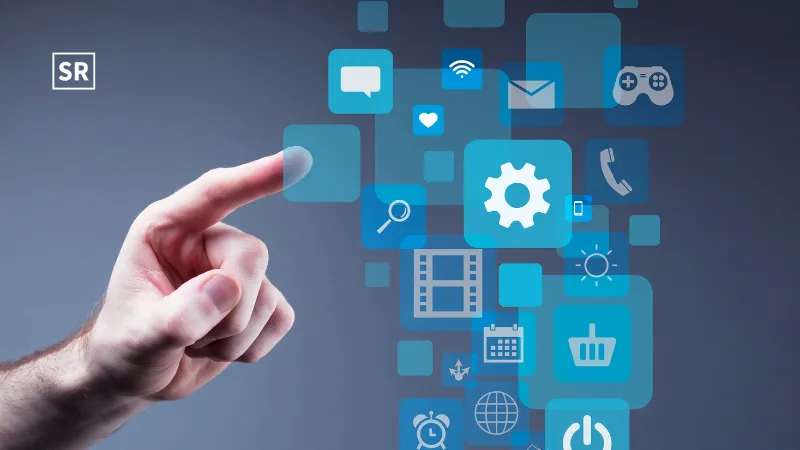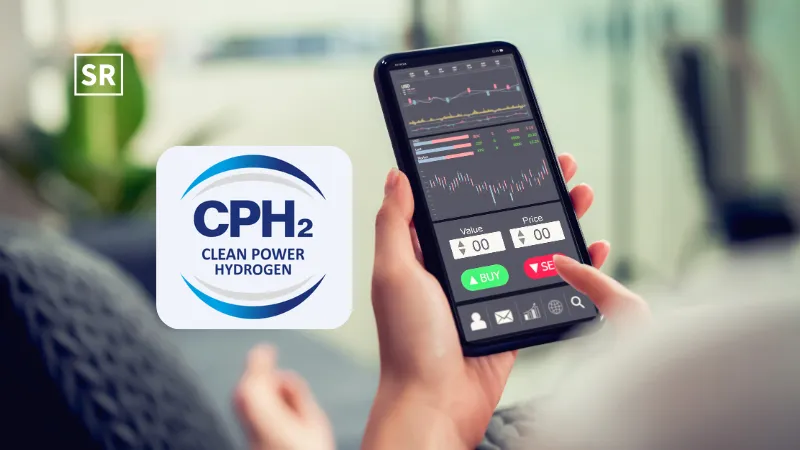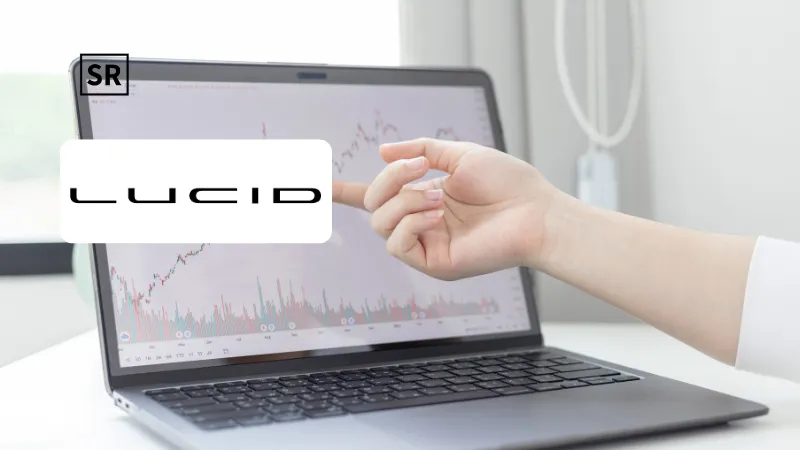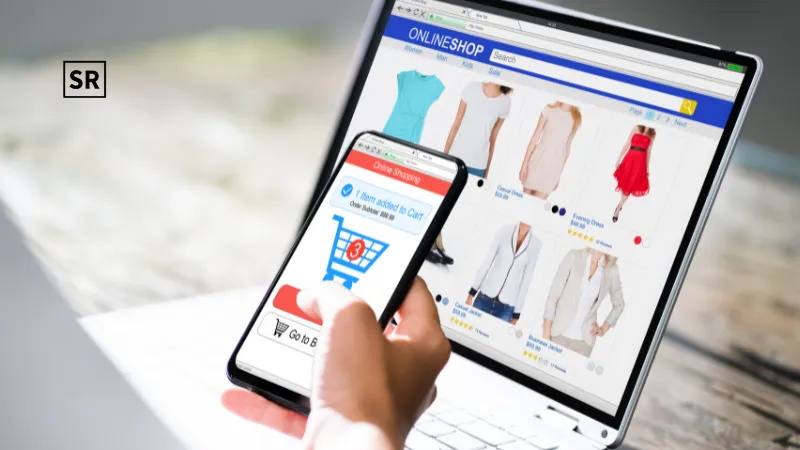Digital Twin Technology – Bridging Physical and Digital Worlds
Aug 9, 2025 | By Startuprise

Digital twin technology is transforming the way businesses design, monitor and optimize assets and processes. By creating virtual replicas of physical objects or systems, digital twins enable real-time insights that drive efficiency, innovation and smarter decision-making across industries.
What Is Digital Twin Technology?
A digital twin is a virtual model of a physical asset, system, or process. It uses real-time data collected from sensors and devices to mirror the current state, behavior and performance of its physical counterpart.
This dynamic and data driven model is not static. It evolves as the real world system changes enabling organizations to simulate scenarios, predict outcomes, and respond proactively to issues.
Benefits of Digital Twin Technology
- Predictive Maintenance: Identifies faults before they cause failures, reducing downtime and improving reliability.
- Informed Decision-Making: Uses real-time data to support smarter, faster, and more accurate business decisions.
- Cost Efficiency: Lowers operational costs by testing ideas and changes virtually before real-world implementation.
- Enhanced Innovation: Accelerates product development by allowing virtual testing of new designs and configurations.
- Sustainability: Optimizes resource usage and minimizes environmental impact through data driven operations.
Challenges and Considerations
Despite its advantages digital twin technology comes with some challenges:-
RECOMMENDED FOR YOU

Taylor Wimpey Share Price Prediction (2025-2030): Expert Analysis & Predictions
Kailee Rainse
Mar 22, 2025

Barclays Bank Share Price Forecast (2025-2030): Expert Analysis & Predictions
Startup Rise
Feb 7, 2025
- Data Integration: Combining data from multiple sources in real time is complex and often requires robust infrastructure.
- Cybersecurity: The connectivity that powers digital twins can also expose systems to cyber threats.
- Cost of Implementation: Setting up a digital twin involves high initial investment in sensors, platforms and IT systems.
- Skills Gap: Successful deployment requires skilled professionals in data science, AI and domain-specific engineering.
Industries Adopting Digital Twins
1. Manufacturing
Digital twins are central to smart factories, enabling real-time production monitoring, predictive maintenance and process optimization.
2. Healthcare
Digital replicas of organs or body systems help doctors plan surgeries, personalize treatments and simulate patient outcomes.
3. Smart Cities
Governments use digital twins to model traffic, utilities, and infrastructure for better urban planning and crisis management.
4. Automotive and Aerospace
Companies simulate real-world conditions for cars and aircraft, improving design accuracy, safety and time-to-market.
5. Energy and Utilities
Digital twins help monitor power grids, wind turbines, and pipelines to ensure reliable operations and reduce energy loss.
The Future of Digital Twin Technology
As technologies like artificial intelligence, IoT, and 5G continue to evolve, digital twins will become more intelligent and autonomous. The shift from single-asset twins to system and ecosystem level digital twins will redefine how industries operate, collaborate and innovate.
By 2030 it is expected that most industrial IoT projects will incorporate digital twin capabilities, making them a key driver of digital transformation.
Conclusion
Digital twin technology is more than a passing trend—it’s a strategic tool for future-focused businesses. By connecting physical and digital worlds Digital twin technology empowers organizations to optimize performance, manage risk, and innovate with confidence. As adoption grows, digital twins will continue to shape a smarter, more efficient, and sustainable future.
What is digital twin technology?
What industries use digital twins?
Manufacturing, Healthcare, Automotive and aerospace, Smart cities and infrastructure, .Energy and utilities


 Follow us
Follow us Follow us
Follow us













